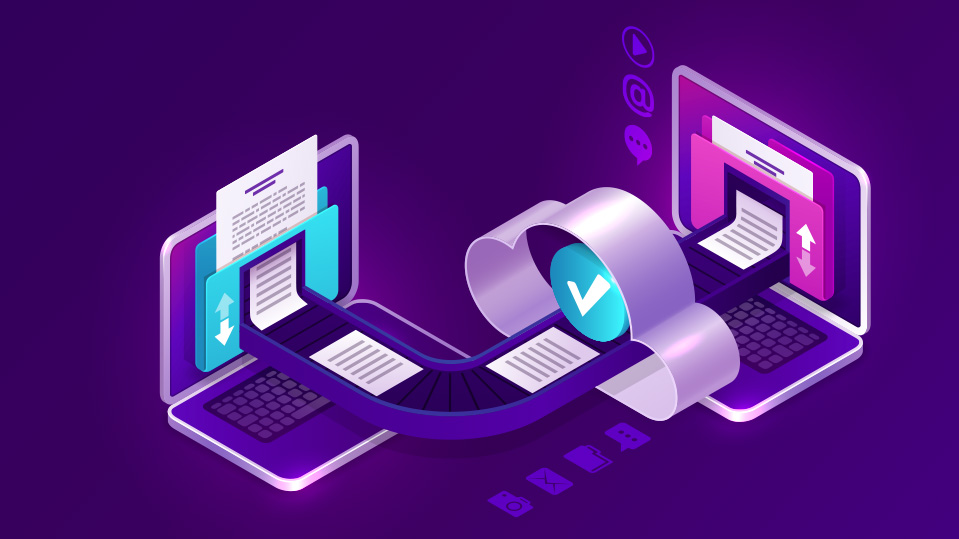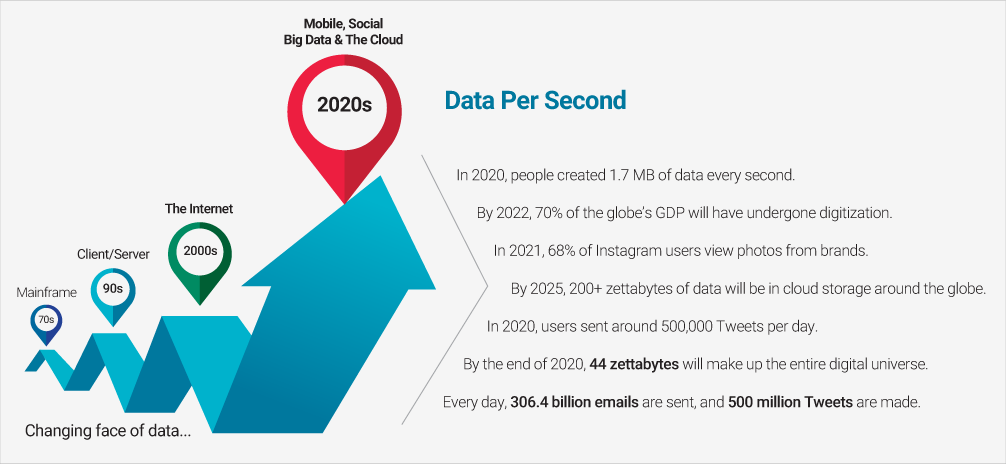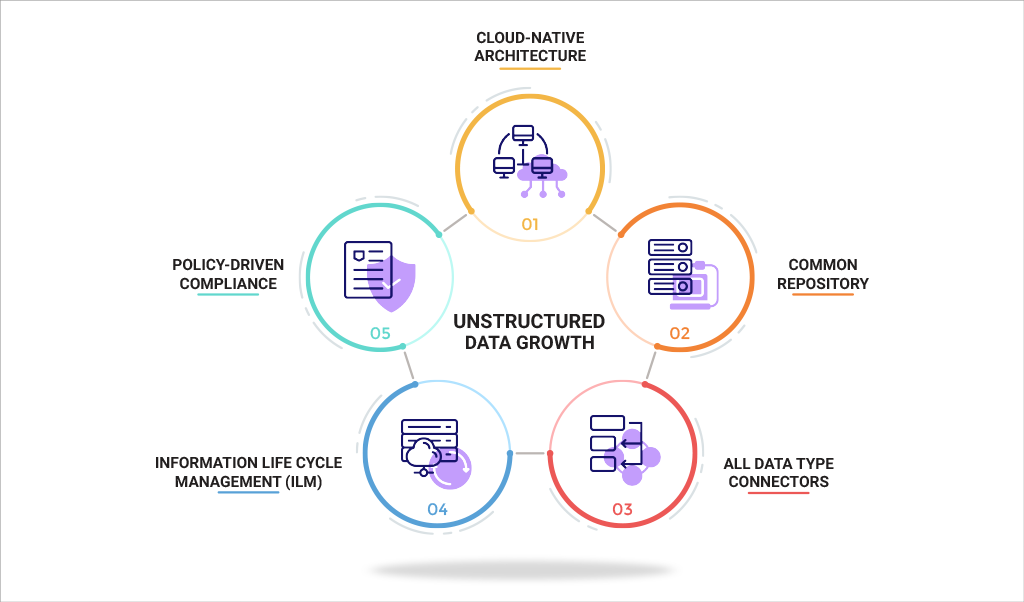
How to Manage Data Growth with File Archiving in the Cloud
File Archiving improves the performance of production file systems by moving older, inactive data to nearline, archive storage. By collecting all historical files and storing them in a central repository, data-driven organizations are properly staged for machine learning, artificial intelligence and advanced analytics.
Today we live in a data-driven world where every enterprise is focused on how to leverage their data better to improve business results. But at the same time we are facing a data growth crisis so big that it is measured in zettabytes.
You may be surprised to learn How Much Data Is Created Every Day?

With so much data available, the opportunity to mine the data for business value has never been greater, so it is really no surprise that organizations are embracing cloud data management to manage data growth.
The File Archiving opportunity
Many organizations have successfully deployed database archiving to improve enterprise application performance and establish data compliance. But researchers estimate that only 20 percent of enterprise data resides in a database. The rest is made up of unstructured files siloed on servers and network drives across the organization. Researchers estimate that unstructured data is not only the biggest part of the data growth problem, it is growing at 55-65% per year.
Data loses value fast soon after it is created, and data older than 18 months is rarely ever accessed. Just like a database, file servers and network drives bog down from too much data. File archiving improves the performance of production file systems by moving older, inactive data to nearline, archive storage. By collecting all historical files and storing them in a central repository, data-driven organizations are properly staged for machine learning, artificial intelligence and advanced analytics.
SOLIXCloud File Archiving approach
Large scale unstructured data growth spreading fast across an organization also creates major compliance and consumer data privacy concerns. The SOLIXCloud File archiving uses Information Lifecycle management (ILM) to establish a data governance framework for compliance. Through data retention policies, classification rules and compliance reporting, file archiving uses ILM to establish a robust compliance solution for unstructured enterprise data. Furthermore, centralized cloud data management improves administrative control and mitigates the risk of consumer data privacy regulations like GDPR and CCPA.
Modernize your data infrastructure with cloud native architecture
Cloud-native software is an ideal platform for multi-cloud deployments because it is rooted in open-source standards established by the World Wide Web Consortium (W3C), an international community that develops open standards for the web. Digital transformation requires real-time, event-driven data collection, and the W3C “One Web” vision defines an ideal architecture for any data to run on any W3C-compliant cloud. W3C architecture and standards enable anyone, anywhere, to process and share information with anyone else.
Establishes a common data repository with cloud data management
Data silos are difficult to control. By capturing both active and historical data across all data types (structured, semistructured and unstructured) in a single repository, cloud data management establishes centralized controls for all enterprise data. The common data repository approach creates the opportunity to streamline data ingestion, create metadata catalogues, enforce data governance rules and control data access. Cloud data management enables enterprise archives and data lakes to connect with any data source and build metadata catalogues. A consistent policy-driven framework is applied to all enterprise data including file servers. Moreover, both technical and business users will have easy self-service access to the data, without having to download and store individual copies of data.
Establish a connector framework with source data systems
In order to move historical data into a centralized archive repository, we must first be able to connect with source data no matter where it resides. In addition to file servers and network drives, unstructured data comes from almost anywhere including logs, social media and real-time feeds. Cloud data management provides the robust connector framework needed to integrate with all these data sources and capture the data and the associated metadata.
The solution
SOLIXCloud File Archiving is part of the SOLIXCloud Enterprise Archiving suite, a software-as-a-service solution that 1) reduces the cost, 2) maintains compliance and 3) improves the performance of enterprise file servers by applying ILM best practices. SOLIXCloud File Archiving provides centralized data governance over unstructured data and features e-discovery, legal hold and retention management. SOLIXCloud Consumer Data Privacy adds additional features including sensitive data discovery, data Masking and compliance reporting for GDPR and CCPA to ensure your enterprise data is always safe, secure and compliant.



